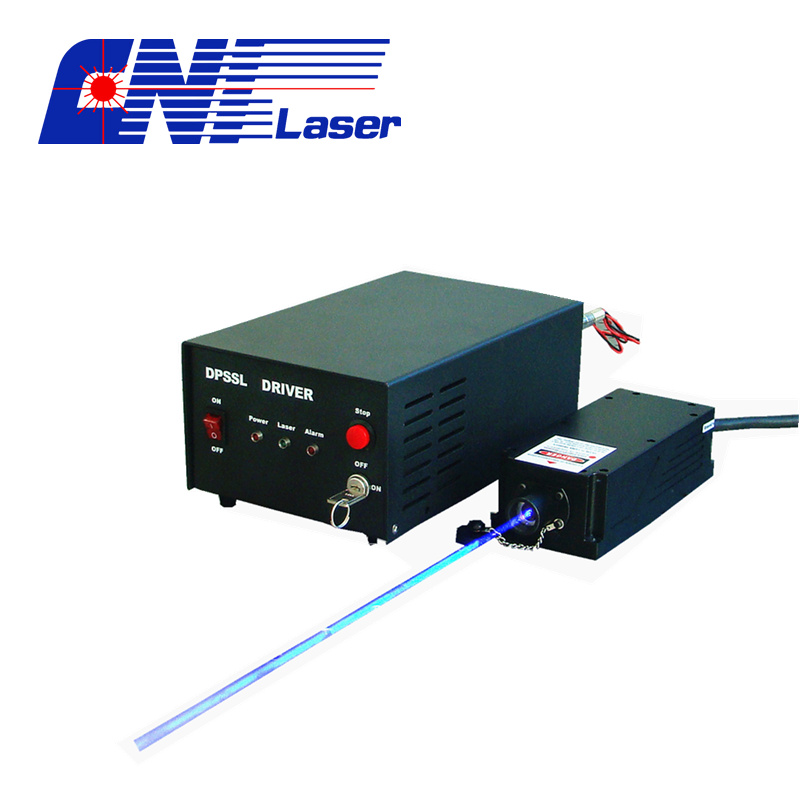According to a report released by IHS Chemical Co., Ltd. on February 13, the global demand for polycarbonate will increase rapidly at an average annual rate of about 5% in the next five years, spurred by strong growth in demand for new applications in automotive glass assembly and consumer electronics. Its global demand will reach approximately 4.5 million tons by 2016.
Adrian Bill, IHS Chemical's global engineering plastics business manager, said: During the economic recession, global polycarbonate demand has dropped, but what we are currently seeing is a rebound in demand, mainly due to the increase in consumption of automobiles, electrical appliances and electronic products. drive. Among them, the fastest growing demand will be in the automotive glass assembly industry, but the base of the market is very small. Bill said that the automotive glass assembly market has great potential for the demand for polycarbonate, because the current windshield, windows and skylights are also mainly made of glass.
According to IHS Chemicals, in 2011, electronic products, especially the consumer electronics market, accounted for about 20% of the market share of polycarbonate. The sheet and film market used in the construction industry accounted for 18% of the market share of polycarbonate. The optical media market accounted for 18%, and electrical appliances and automotive non-form market each accounted for 12%. The demand for polycarbonate in the United States reached about 360,000 tons in 2011.
In addition, the increasing trend of television is also stimulating the growth of polycarbonate demand. Bill believes that polycarbonate is light, heat-resistant, strong, and the material has excellent optical properties. As TV sets continue to develop in the direction of large dimensions, polycarbonate has better performance and stability than plexiglass, especially when the background light fixtures heat up and cause high temperatures.
As far as supply is concerned, North America, Europe, Northeast Asia, and Southeast Asia in the four regions of the current global polycarbonate are relatively balanced, but the capacity in Northeast Asia, one of the world's largest polycarbonate production regions, is rapidly growing, and will eventually lead the world significantly. other areas. This is because most of the world's durable consumer goods are currently produced in Northeast Asia, and many companies have recently built new polycarbonate production facilities in the region. The world’s largest polycarbonate producers are Bayer AG and Saudi Basic Industries, which account for approximately 28% and 25% of global production capacity, respectively.
The modulation rate of DPSS Laser can be up to 4MHz, and diode laser up to 150MHz. With the advantages of quick modulation rate, high extinction ratio, easy coding and convenient use, high frequency modulated lasers made by CNI Laser is mainly used in the fields such as laser text-image processing, laser lithography, laser phototypesetting, and laser digital communication. It is suitable for OEM system integration and scientific research laboratories, etc.
The laser system can be used for a variety of wavelengths from UV Laser to IR Laser, TTL modulation or analog modulation are optional. You can change the frequency or intensity of laser by inputting different digital signal (TTL level) into the driving power supply.
CNI can provide high frequency modulated DPSS lasers: single longitudinal mode lasers and high power stability lasers, wavelengths are available for 473nm, 532nm, 556nm, 561nm, 671nm, etc.

Frequency Modulation Spectrum,High Frequency Laser,Pulse Laser Diode,Material Processing Laser
Changchun New Industries Optoelectronics Technology Co., Ltd. , https://www.cnioptics.com
